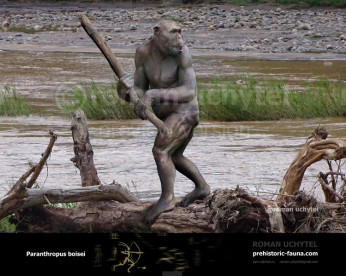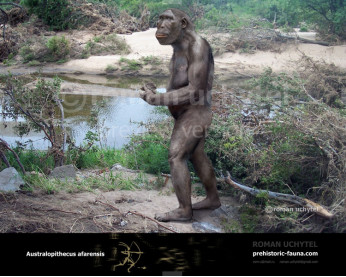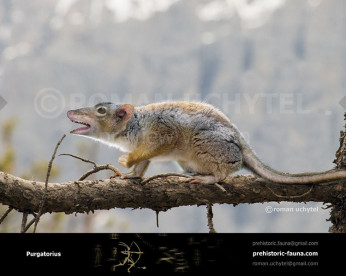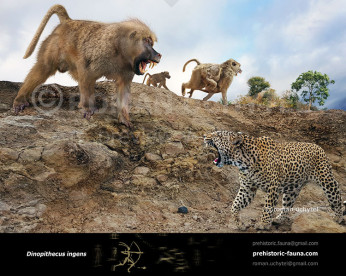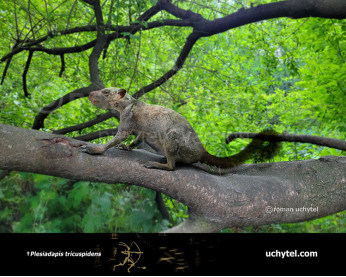Indopithecus
202122202122Indopithecus (†Indopithecus (von Koenigswald, 1950))
Order: Primates
Suborder: Haplorhini
Family: Hominidae
Temporal range: during late Miocene of the Siwalik Hills in northern India
Dimensions: height - 120-160 сm, weight - 100-150 kg
Binomial name: †Indopithecus giganteus (Pilgrim, 1915)
Indopithecus giganteus is an extinct species of large ape. It was a pongine, a cousin of the orangutan, that lived in the late Miocene of the Siwalik Hills in northern India. Although frequently assigned to the more well-known genus Gigantopithecus, recent authors consider it to be a distinct genus in its own right.
Indopithecus is known only from teeth and jawbones. Based on the slim fossil finds, it was a large, ground-dwelling herbivore that ate primarily bamboo and foliage. Despite the specific name, it was approximately half the length of its Chinese relative, Gigantopithecus blacki.
Indopithecus (†Indopithecus (von Koenigswald, 1950))
Order: Primates
Suborder: Haplorhini
Family: Hominidae
Temporal range: during late Miocene of the Siwalik Hills in northern India
Dimensions: height - 120-160 сm, weight - 100-150 kg
Binomial name: †Indopithecus giganteus (Pilgrim, 1915)
Indopithecus giganteus is an extinct species of large ape. It was a pongine, a cousin of the orangutan, that lived in the late Miocene of the Siwalik Hills in northern India. Although frequently assigned to the more well-known genus Gigantopithecus, recent authors consider it to be a distinct genus in its own right.
Indopithecus is known only from teeth and jawbones. Based on the slim fossil finds, it was a large, ground-dwelling herbivore that ate primarily bamboo and foliage. Despite the specific name, it was approximately half the length of its Chinese relative, Gigantopithecus blacki.

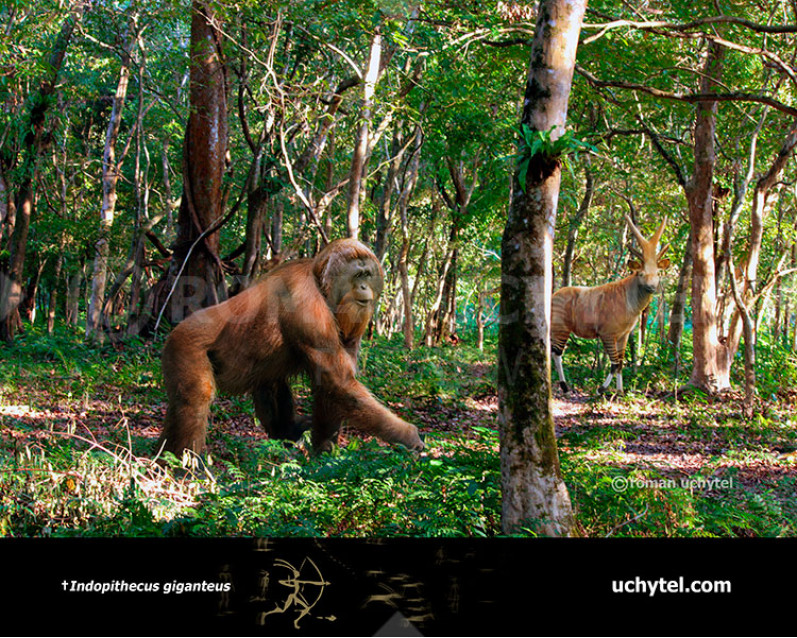
-797x638.jpg)
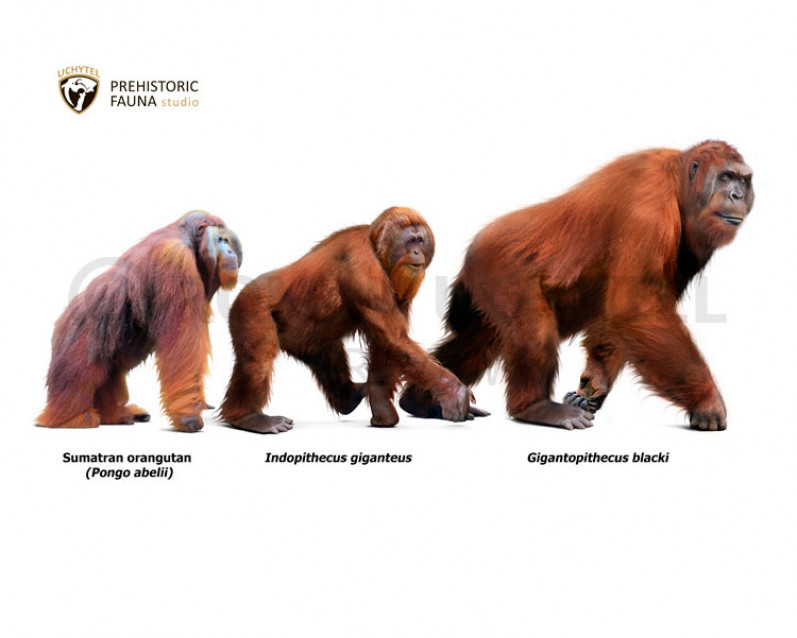

-70x56.jpg)

-346x277.jpg)

